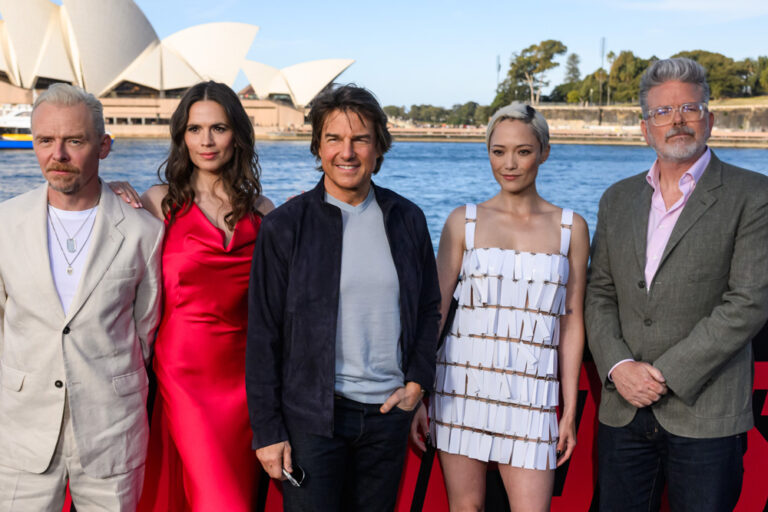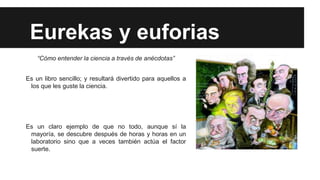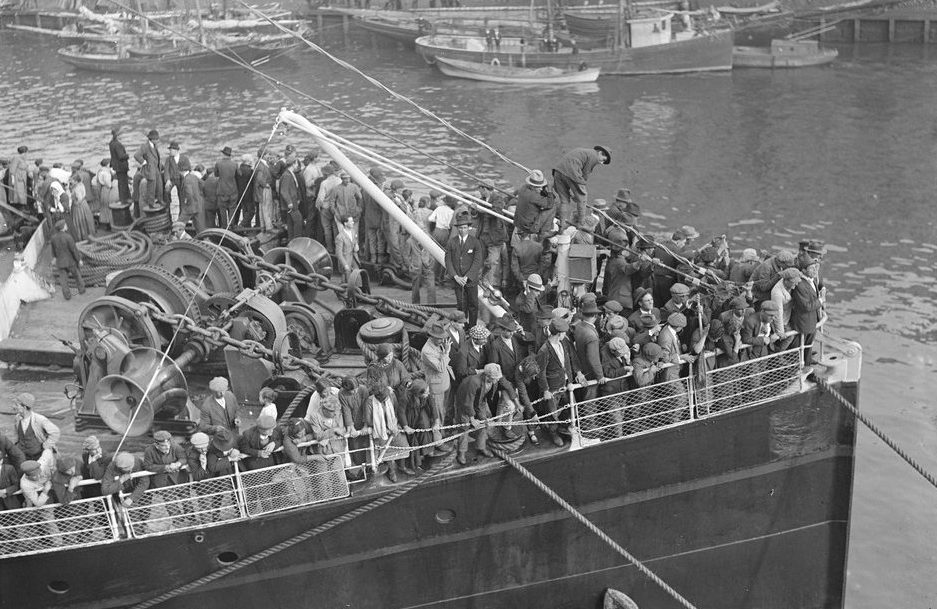Mission: Impossible's Dead Reckoning: A Look At The Ignored Sequels

Table of Contents
The Underappreciated Gems: Mission: Impossible II & III
Mission: Impossible II and III, while sometimes overshadowed by their predecessors and successors, are crucial to the franchise's identity. These installments offer unique stylistic and narrative approaches that significantly impact the series' overall trajectory. Let's examine each film's contribution:
-
Mission: Impossible II (2000): John Woo's distinct directorial style brought a heightened sense of visual flair and balletic action to the franchise. While the plot is arguably less intricate than other entries, the emphasis on stylish action sequences and a more straightforward narrative creates a unique experience. The film's iconic motorcycle chase and the visually striking fight sequences are testament to Woo's influence and remain highlights of the franchise’s action set pieces. This film’s stylistic choices laid the foundation for the franchise’s signature blend of action and suspense.
-
Mission: Impossible III (2006): JJ Abrams took the helm for Mission: Impossible III, introducing a more character-driven narrative and delving deeper into Ethan Hunt's personal life. The introduction of Julia Meade (Michelle Monaghan) added a compelling emotional layer to Ethan's character, impacting his choices and motivations in a way never seen before. This film marked a shift from broader global conspiracies to a more intimate and personally invested story, further developing Ethan Hunt’s character arc and adding emotional weight to his actions. The shift in tone and approach contributed to the later installments' maturity.
-
Bullet Points:
- The action in M:I II is more stylized and visually driven compared to the often more grounded realism found in other films.
- M:I III showcased Ethan Hunt's vulnerability and his willingness to make sacrifices for those close to him, setting the stage for the emotional depth shown in later entries.
- Both films achieved considerable box office success, though critical reception was mixed, showing that even less-celebrated sequels can achieve considerable popularity.
- Each film experimented with unique elements: M:I II with its distinct visual style, and M:I III with its intimate plot and character-driven approach.
The Evolution of the Villain: From IMF Rogue Agents to Global Threats
The antagonists in the Mission: Impossible franchise evolve significantly across the sequels. This evolution reflects the franchise's maturation and the increasing stakes involved.
-
Early Villains: M:I II features Sean Ambrose (Dougray Scott), a former IMF agent turned rogue, representing an internal threat within the organization. This sets a more personal conflict for Ethan Hunt.
-
The Shifting Landscape: M:I III presents Owen Davian (Philip Seymour Hoffman), a more complex and formidable villain with a global reach. Davian, unlike earlier antagonists, is not solely motivated by personal vendettas but by profit and ambition, indicating a shift to larger global threats, setting the tone for future installments of the franchise.
-
Bullet Points:
- Ambrose's betrayal in M:I II represents a personal challenge for Ethan, unlike the larger-scale threats in later films.
- Davian's ruthless efficiency and ambition in M:I III showcase a new level of villainy in the series, moving away from internal conflicts to global issues.
- This shift from internal betrayals to larger global threats mirrors the increase in scale and ambition within the Mission Impossible franchise itself.
Technological Advancements and Stunt Work: A Timeline of Innovation
The Mission: Impossible franchise is synonymous with groundbreaking stunts and practical effects. While often lauded for the more recent entries, M:I II and M:I III also featured innovative technology and ambitious stunts.
-
Groundbreaking Stunts: M:I II is renowned for its impressive motorcycle chase scene through winding mountain roads, showcasing the early prowess of the series’ commitment to practical effects and real stunts. M:I III features intricate action sequences emphasizing close-quarters combat and thrilling escapes, showcasing the ongoing evolution of the series’ action style.
-
Technological Progression: The films demonstrate a steady progression in special effects and action filmmaking technology. While earlier entries relied heavily on practical effects, later films integrated more advanced CGI and digital techniques without sacrificing practical stunts.
-
Bullet Points:
- The mountaintop motorcycle chase in M:I II remains one of the most iconic action sequences in the franchise.
- The use of advanced surveillance technology and gadgetry evolves across both M:I II and M:I III, reflecting the advancements in technology.
- The progression of stunt work and effects showcases the franchise's commitment to pushing the boundaries of action filmmaking.
Conclusion
Mission: Impossible II and III, far from being mere stepping stones, are integral parts of the Mission: Impossible legacy. They showcase important steps in the evolution of the franchise, from stylistic shifts to significant developments in character arcs and the ongoing increase in the stakes involved in the ever-evolving narrative of Ethan Hunt's story. These often-overlooked sequels are not merely filler; they are crucial building blocks that contribute to the thrilling and complex world we see today in Dead Reckoning. They demonstrate the enduring appeal of the Mission: Impossible franchise, a testament to its creativity and commitment to innovation.
Have you revisited the often-overlooked Mission: Impossible sequels lately? Give them another watch and appreciate the evolution of the Mission: Impossible franchise! Share your thoughts on these often-forgotten chapters in the comments below!

Featured Posts
-
 Walmart Issues Nationwide Recall Of Tortilla Chips And Jewelry Kits
May 14, 2025
Walmart Issues Nationwide Recall Of Tortilla Chips And Jewelry Kits
May 14, 2025 -
 Experiencias Deleznables Una Guia A Las Euforias
May 14, 2025
Experiencias Deleznables Una Guia A Las Euforias
May 14, 2025 -
 Gobierno De Uruguay Yamandu Orsi Inicia Gestion Con Enfoque Reformista
May 14, 2025
Gobierno De Uruguay Yamandu Orsi Inicia Gestion Con Enfoque Reformista
May 14, 2025 -
 Italian Parody Shocks Eurovision Estonias Semi Final Gamble
May 14, 2025
Italian Parody Shocks Eurovision Estonias Semi Final Gamble
May 14, 2025 -
 Portugals Changing Immigration Policy A Shift In Approach
May 14, 2025
Portugals Changing Immigration Policy A Shift In Approach
May 14, 2025
